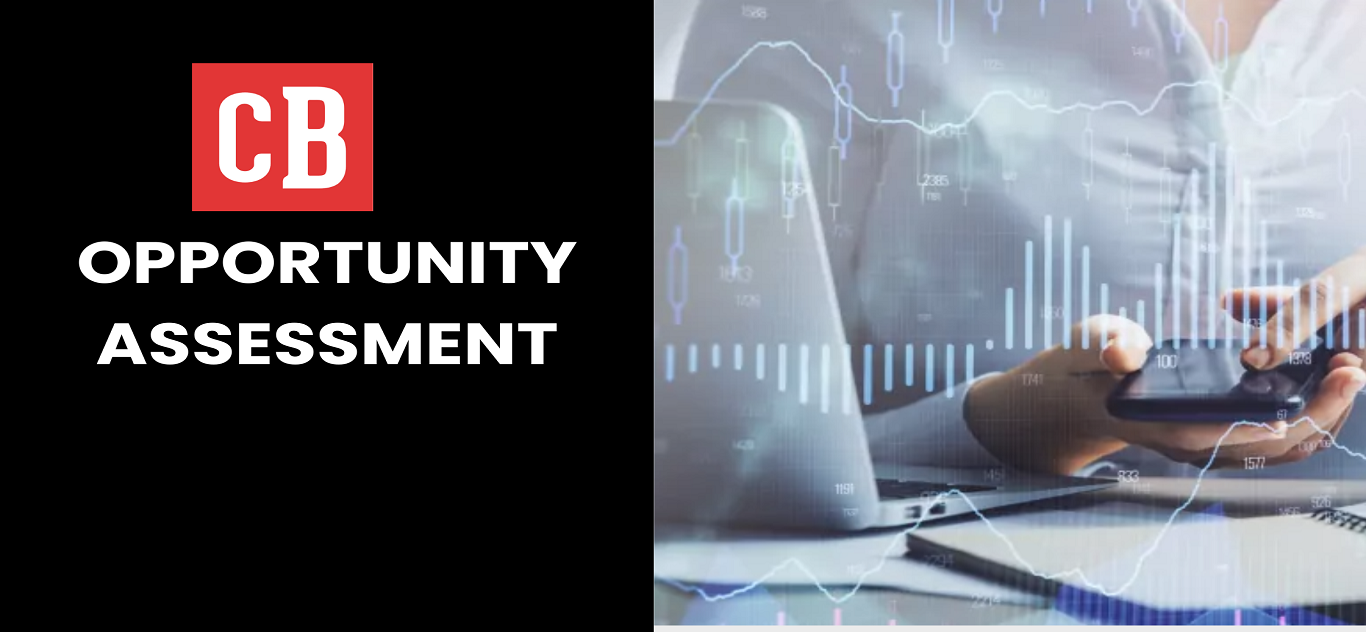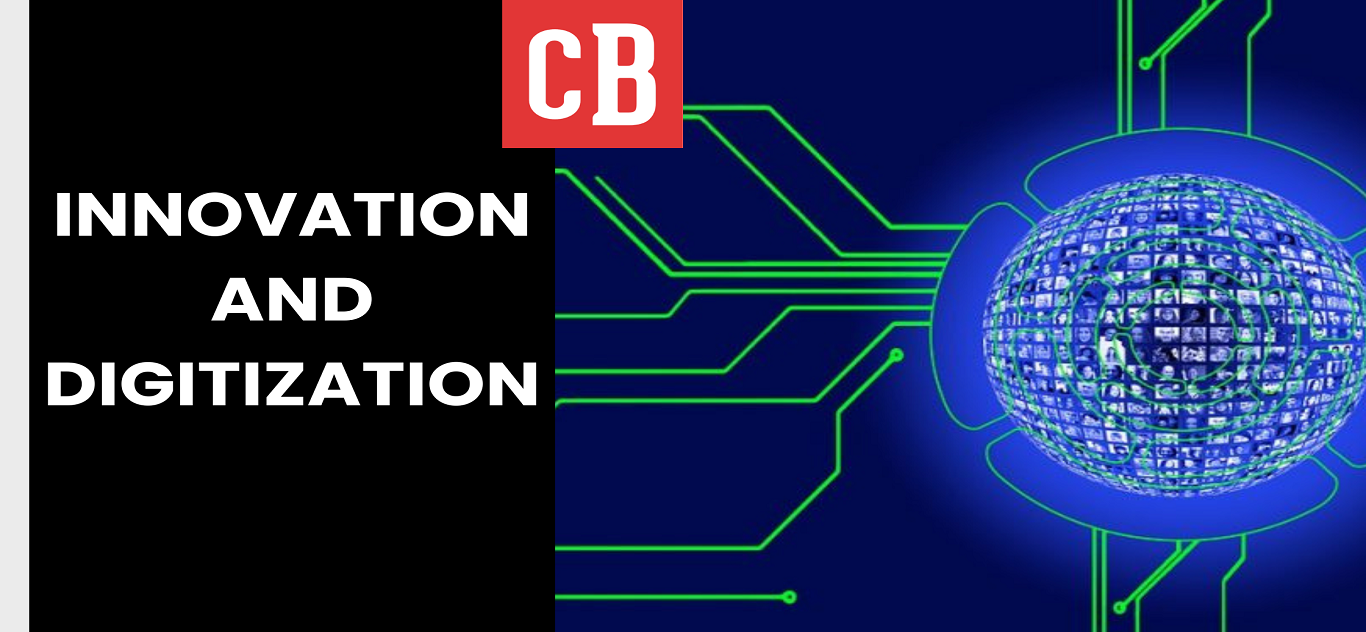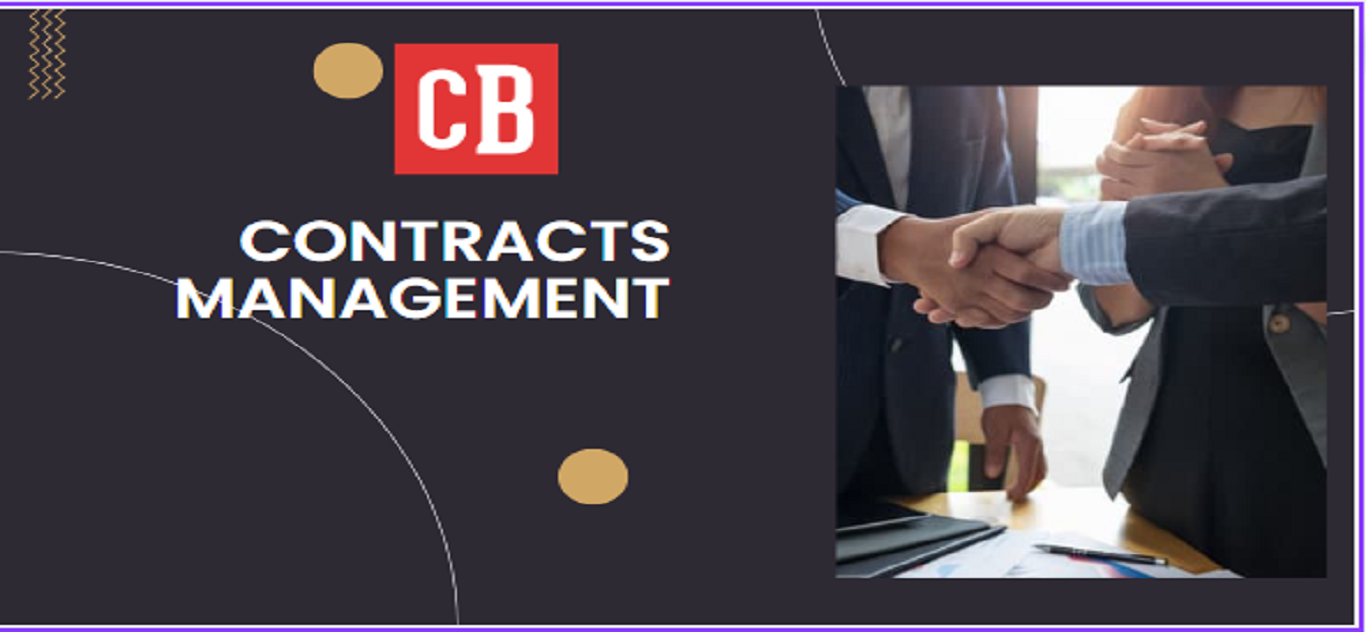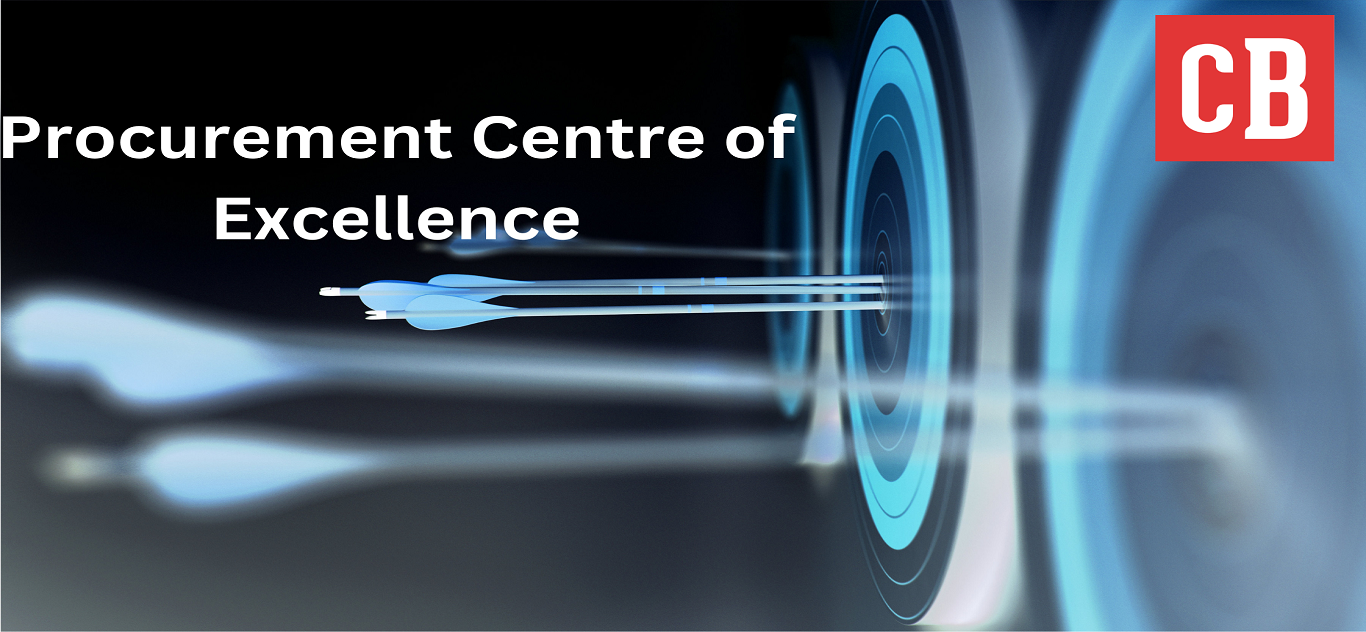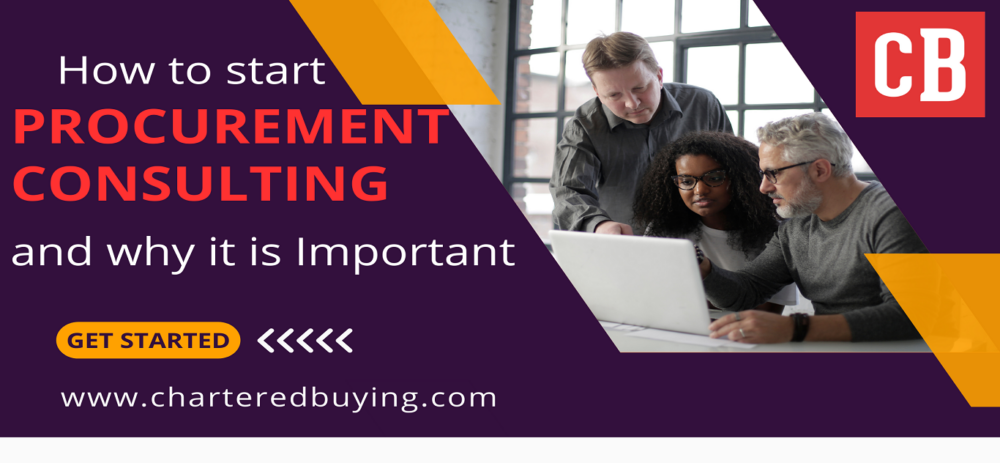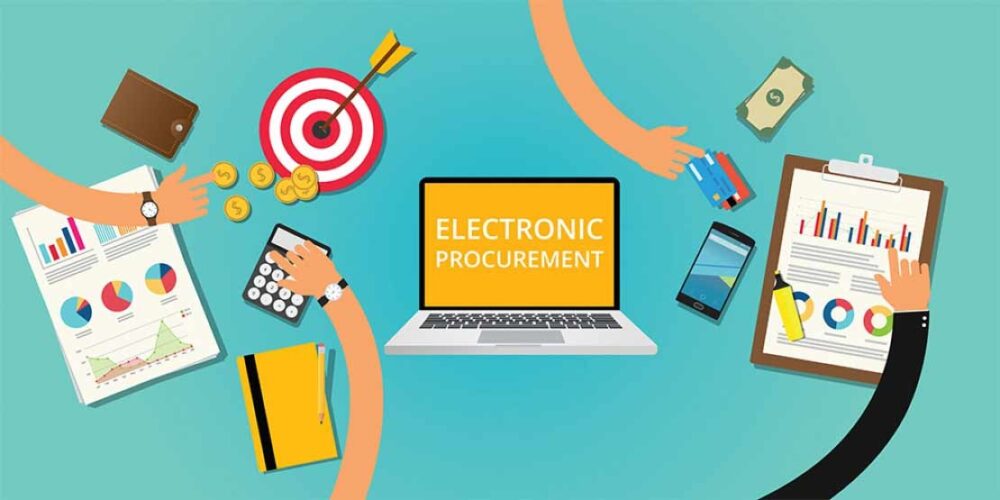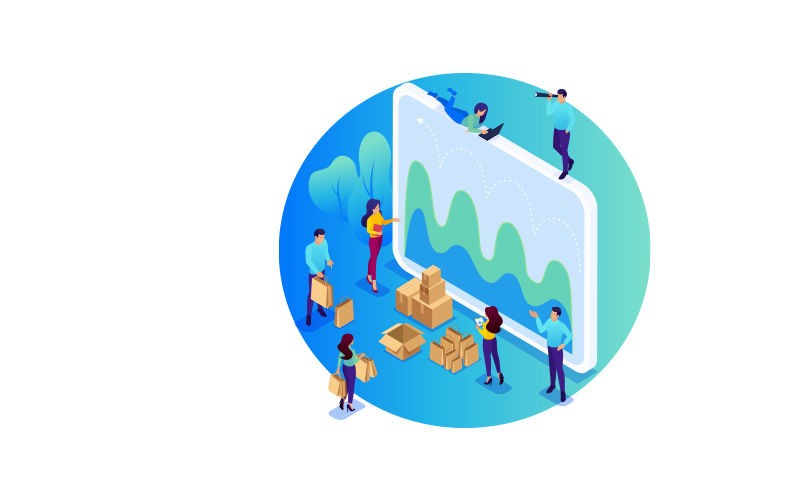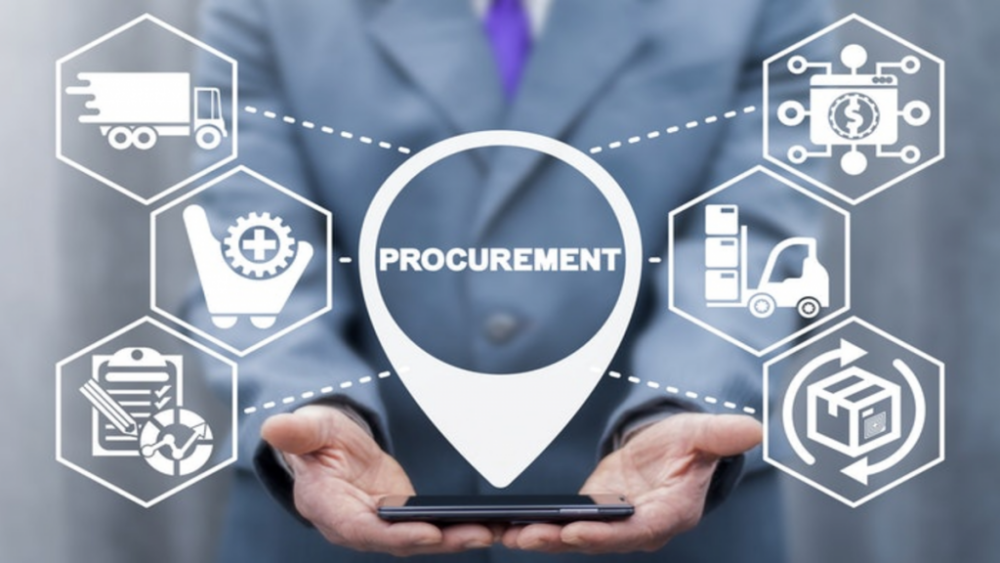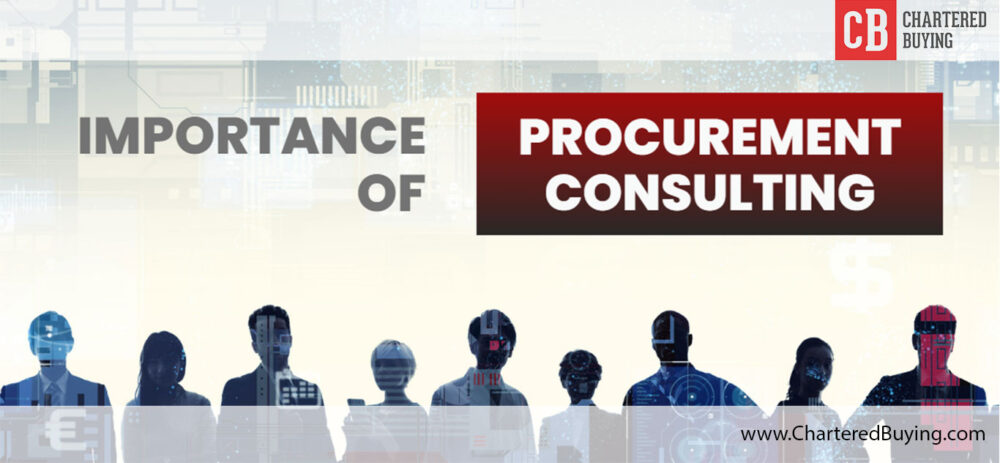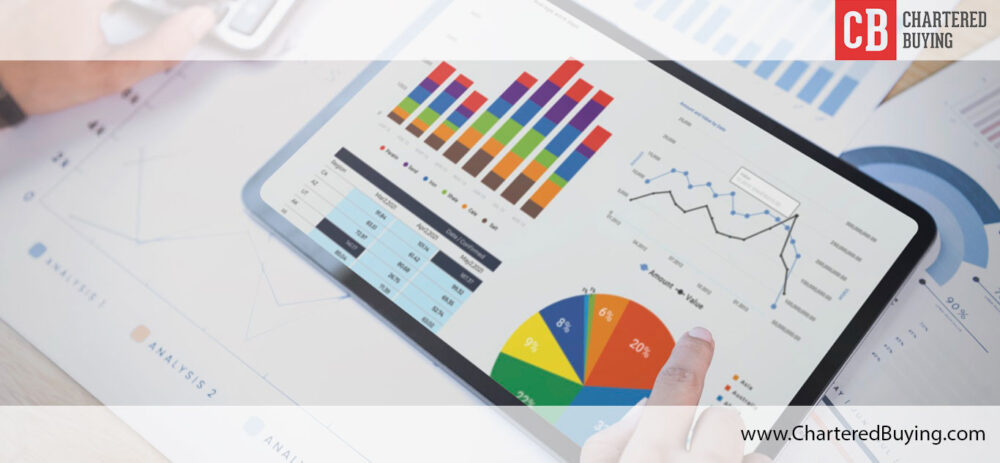Procurement Digital Transformation: A Modern Business Necessity
Introduction
In today’s fast-paced, technology-driven world, digital transformation has become an essential requirement for businesses to stay relevant, innovative, and competitive. Procurement Digital Transformation is the digitalization of procurement processes in an organization, by making use of procurement software which can incorporate the latest technologies such as Artificial Intelligence (AI), Machine Learning, Blockchain, and Data Analytics, there by streamlining the procurement process, simplify tasks, cost optimization, better decision making, improve efficiency and get the best Return on Investment (ROI).
Procurement Digital Transformation:
Procurement is a critical and foundational component of any business, ensuring that a business has the necessary raw materials, goods and services to operate. Procurement can significantly impact a company’s expenditure, quality control, and supply chain efficiency. Effective procurement can achieve cost savings along with quality goods/services. To make use of the latest technologies such as AI and data analytics for efficient procurement, every business must digitize their procurement process with the right technology. No doubt that it’s inevitable aspect of a successful organization.
Stages of Digital Transformation
Assessment and Planning
Identify areas/process for digital transformation, set realistic goals and objectives, and create a detailed roadmap for execution.
Implementation and Integration:
Select the appropriate technology solutions, adopt methodologies and ensure smooth integration with existing systems.
Optimization and Continuous Improvement:
Monitor progress regularly, adapt to evolving technologies and market trends, and foster a culture of continuous learning and innovation.
How Chartered Buying Management Consulting (CBMC) can help you in your Procurement Digital Transformation
Being a prominent procurement consulting firm in the region in several industries, Chartered Buying can help you in your Procurement Digital Transformation, beginning from Requirement Analysis, souring the right supplier and procurement software (carry out RFX) as per business needs, contract formalization, advise on any required procurement process changes, implementation strategy, catalogue formalization, reports, training and to get the transformation completed smoothly and successfully.
Organizations who have deployed CB have greatly benefited in successfully implementing state of the art Procurement Digital Transformation solutions for their procurement needs. CB team deep knowledge and experience in procurement, have helped organizations to utilize the full potentials of the implemented Digital Transformation solutions.
Would you like to know more about a Procurement Digital Transformation and what they can offer?
Contact Us





